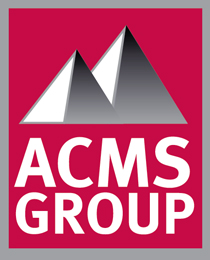Preventative maintenance is crucial for just about any kind of equipment to ensure it meets its expected longevity and to prevent unnecessarily expensive repairs or early replacement.
Refractories are an important component used in manufacturing that makes it possible to process raw materials used in many different products and structures. It is critical, then, for these manufacturing facilities to engage in preventative maintenance of their refractories to prevent downtime, minimize the risk of injury to employees and avoid catastrophic equipment failure.
Causes of wear and tear
Even with proper maintenance, the refractory will eventually wear out, so it is important to stay on top of maintenance so it doesn’t happen any sooner than necessary. Downtime could cost thousands of dollars.
Avoiding costly refractory repairs starts by understanding the causes of this wear and tear so you can take the appropriate measures to plan ahead and get your maintenance done.
Over time, the temperature, corrosive gases, operational processes and slag will all contribute to the failure of refractories. The refractory lining will begin to wear down due to these issues, as well as incorrect combustion controls, improper flame setup, thermal shock and anchor failure resulting from major temperature fluctuations within the system.
Plants must also follow all of the recommended curing and dryout schedules to avoid premature degradation of the system. Quick dryout products may be beneficial if there is a need to speed up the process due to production demands.
Steps to take
So, what are the steps a facility can take to prevent refractory failure?
The most important step is to invest in regular inspections by refractory specialists and to make whatever repairs are deemed necessary as a result of those inspections. In most cases, you’re better off working with a third-party professional, as there likely will not be sufficient work to employ an entire staff just for the purpose of refractory maintenance.
Some of the specific precautionary steps that can be beneficial for avoiding costly refractory repairs include:
- Furnace heat up and cool down:
Follow all of the furnace manufacturer’s outlined procedures for heating up and cooling down the furnace. It’s important to maintain an equal distribution of temperature within the system. You must also prioritize expansion and contraction control to avoid damage to the refractory. - Good and bad cracks:
Learn the difference between cracks that are acceptable and unacceptable. Good cracks are visible as part of the cool-down process, and will disappear during heat-up. Don’t fill in those good cracks, because that will result in problems with shell bulge. - Dust removal:
Do what you can to keep the dust off steel in roofs with exposed anchoring structures. In doing so, you will help prevent the stainless steel hardware in the refractory from getting too hot, which could place undue stress on that hardware.
These are just a few examples of some of the best strategies to avoid costly refractory repairs and prevent refractory failure. For more information about keeping refractories in good condition, contact the experts at ACMS Group.
